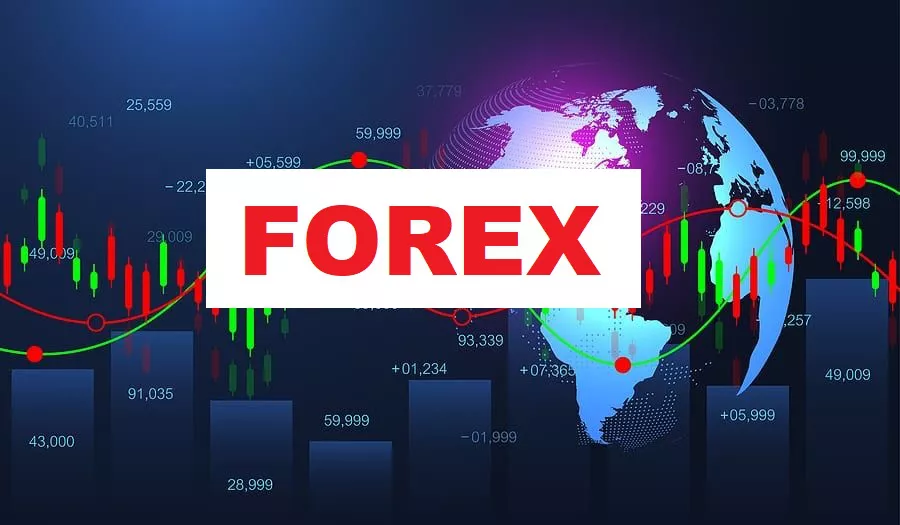In the early Asian trading session on Wednesday, June 4th, the euro experienced a slight decline against the US dollar, trading around 1.13. As of 11:35 Beijing time, the euro was quoted at 1.1370 against the US dollar, marking a 0.01% decrease. The previous trading day saw the euro close at 1.1372 against the US dollar. This movement comes amid a backdrop of inflation rates in the eurozone falling below the European Central Bank’s (ECB) target.
Inflation Rates and Market Expectations
The inflation rate in the eurozone dropped to 1.9% in May, lower than the ECB’s target and market expectations of 2.0%. This decline was primarily driven by a decrease in energy prices and a significant drop in service inflation. The core inflation rate, which excludes energy and food prices, fell from 2.7% to 2.3%, while the growth of service prices decreased from 4.0% to 3.2%.
ECB’s Monetary Policy Actions
The ECB has cut interest rates seven times since June last year, and the market almost entirely expects another rate cut this Thursday. The inflation outlook remains weak due to several factors, including slow wage growth, falling energy prices, a stronger euro, and moderate economic growth. Some economists predict that the inflation rate will remain below the ECB’s 2% target this year and will not rebound until 2026.
Investor Sentiment and Future Rate Cuts
Investors believe that the ECB will pause further rate cuts after reducing them to 2% in June. It may only cut rates once more in the autumn this year, lowering the deposit rate to 1.5%. This cautious approach reflects the ECB’s need to balance inflationary pressures with economic stability.
Technical Analysis of the Euro
The euro was trading around 1.1380 against the US dollar. The daily chart indicates that the decline may continue, but the risk of a significant drop is relatively limited. This currency pair is trading above all moving averages, with the flattened 20 – day simple moving average (SMA) providing support in the 1.1270 price range.
Conclusion
The euro’s performance in early trading on June 4th reflects the broader economic context of falling inflation rates in the eurozone. With the ECB expected to cut interest rates again this week, the market is closely monitoring the central bank’s actions and their potential impact on the euro and the broader European economy. The weak inflation outlook and the anticipated rate cuts highlight the challenges the ECB faces in balancing economic growth with price stability. Investors remain cautious, expecting limited further rate cuts and a potential pause in monetary policy adjustments later this year.
Related Topics:
































